Water and Environmental Testing
NASAT Water and Environmental Testing Laboratory offers comprehensive services to ensure the safety and quality of your water. We analyze parameters aligned with industry standards and regulatory guidelines such as DAO 2016-08 and DAO 2021-19, including pH, temperature, BOD, COD, dissolved oxygen, total dissolved solids, heavy metals, ammonia, nitrate, phosphate, oil and grease, sulfate, total and fecal coliform, and more. Our lab capabilities include physicochemical analysis (colorimetric, gravimetric, volumetric, and TOC analysis), heavy metals detection (ICP-OES, AAS, mercury detection), microbiological analysis, and particle size analysis. We provide testing for both wastewater and drinking water to ensure compliance with environmental regulations and public health standards.
Discounts and sampling are also available through our Water Quality Monitoring Program. Contact us for more information.
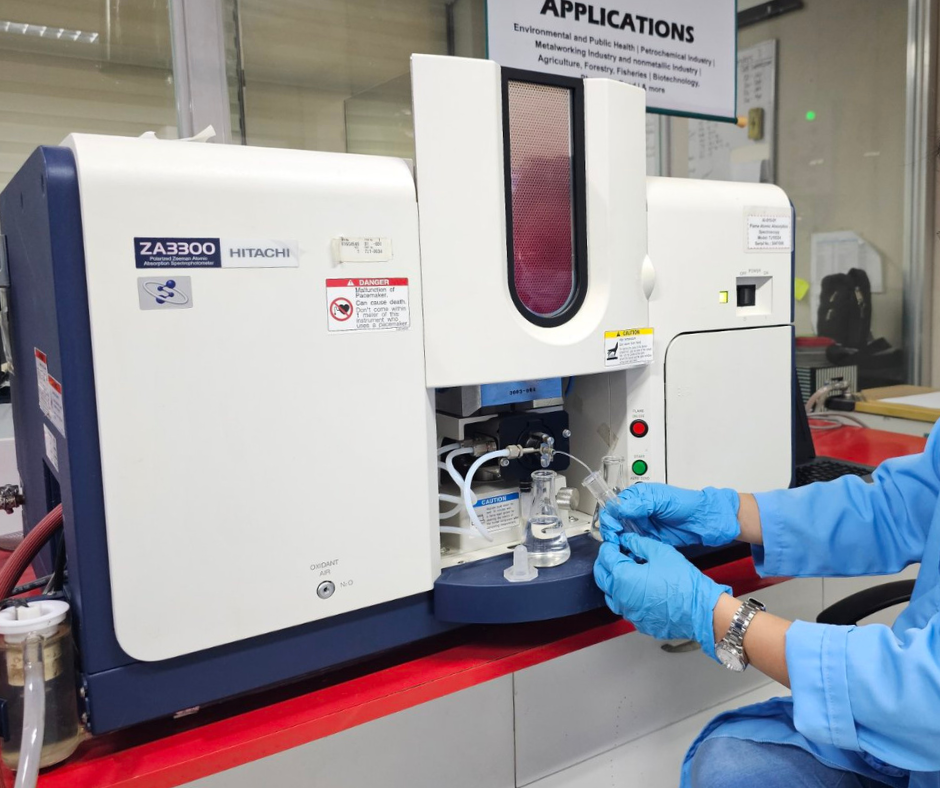
Atomic Absorption Spectrometry (AAS)
Trace metal analysis in water, soil, and sludge for pollution monitoring and regulatory compliance.
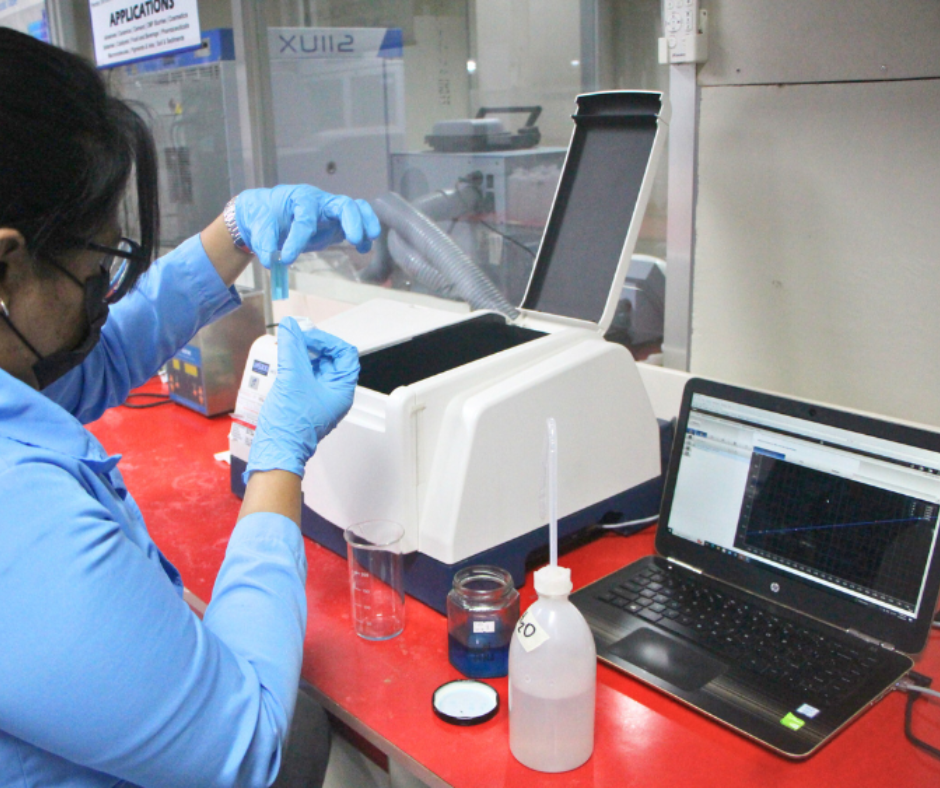
Colorimetric Analysis (UV-Vis Spectrophotometry)
Quantitative analysis of compounds in solution using UV-Vis absorbance. Ideal for environmental, food, pharmaceutical, and chemical testing.
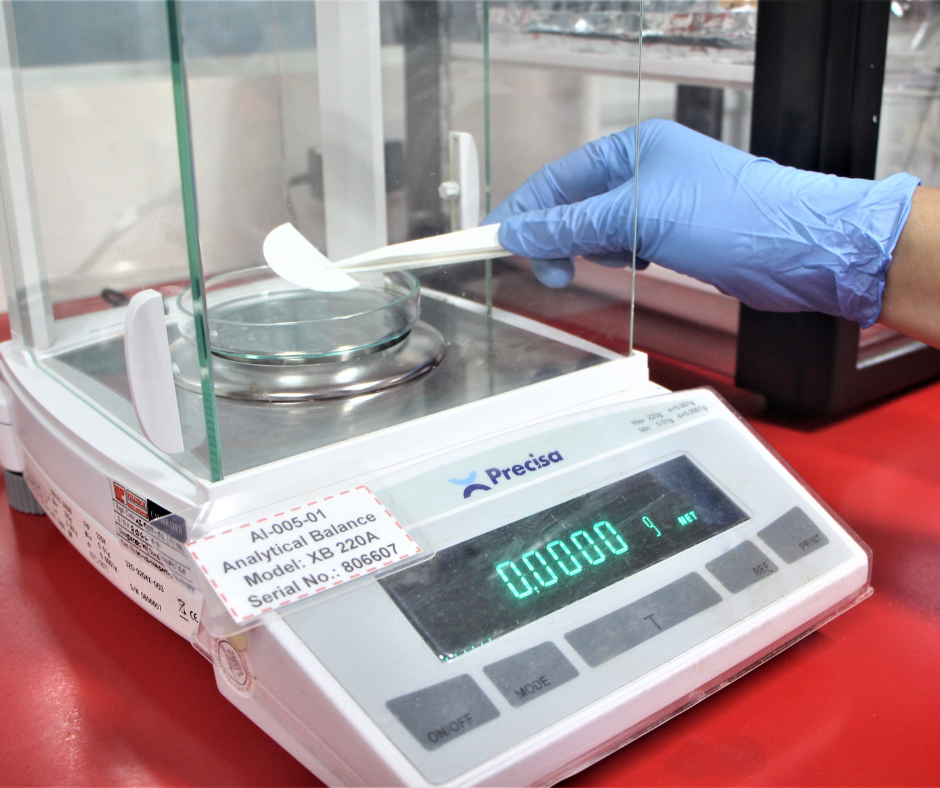
Gravimetric Analysis
Quantifies analytes by measuring mass changes through precipitation, filtration, and weighing. Ideal for high-accuracy chemical analysis.

Inductively Coupled Plasma – Optical Emission Spectrometry (ICP-OES)
Multi-element detection in liquid samples using plasma-based optical emission. Ideal for trace metals, environmental testing, and industrial quality control.
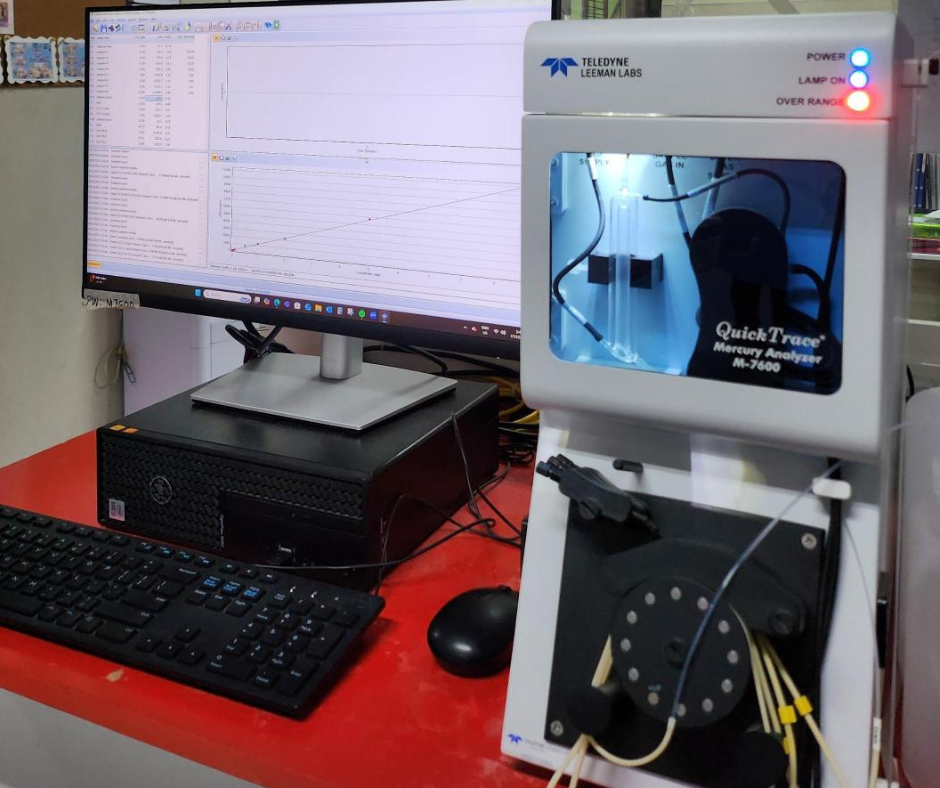
Mercury Detection
Detects and quantifies mercury in environmental and industrial samples to support safety, compliance, and pollution control.

Microbiological Analysis
Detects and measures microorganisms in samples to ensure safety, hygiene, and compliance across industries.
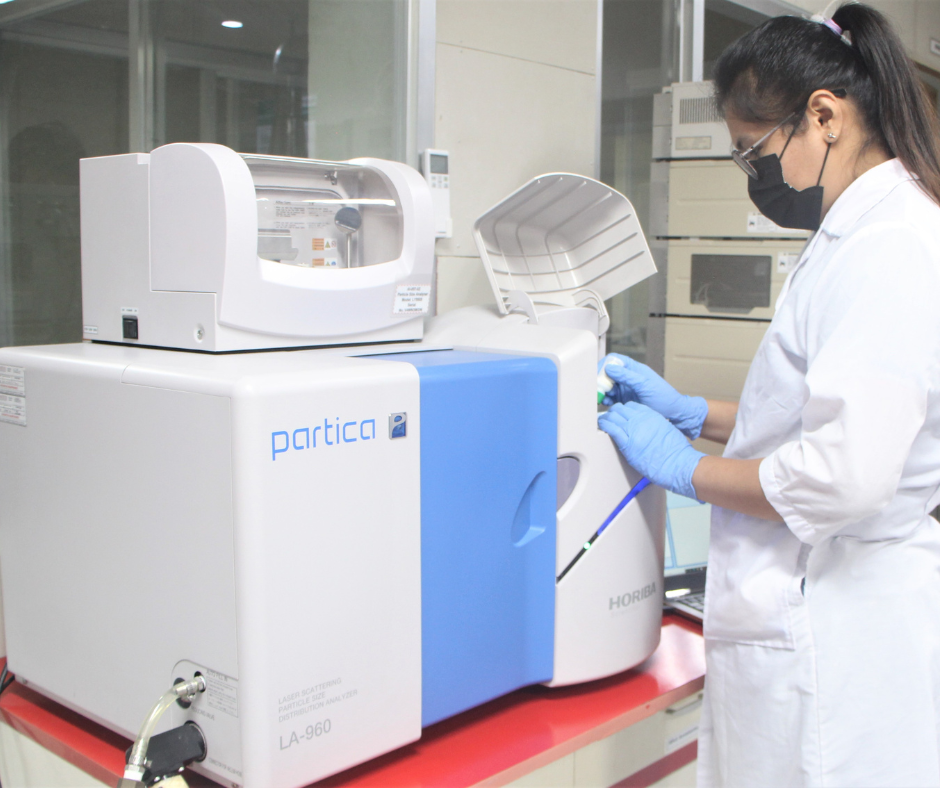
Particle Size Analysis (PSA)
Particle size distribution in solids and liquids using laser diffraction or DLS. Supports formulation, process control, and material characterization.

Total Organic Carbon (TOC) Analysis
Measures organic carbon levels in water and liquid samples to assess contamination, purity, and compliance.

Volumetric Analysis
Determines analyte concentration by measuring the volume of a reacting solution. Used in chemical, environmental, and industrial testing.
Your Trusted Lab Partner
Delivering Accurate Testing Solutions for All Your Needs
Explore our comprehensive testing services in Failure Analysis, Material Characterization, and Water Testing to ensure quality and safety.
Comprehensive Water Testing Services
- Wastewater Analysis
- Drinking Water Analysis
Our laboratory specializes in precise water and environmental testing services. We provide a wide array of tests, ensuring compliance with industry standards and protecting public health. Our team is dedicated to delivering timely results, expert analysis, and personalized support, helping you make informed decisions about your water quality.
Drinking Water Analysis
Microbiological
Physico-chemical
Expert Analysis
Our testing services provide in-depth insights to help you understand material properties and performance.
Accurate Results
We ensure precise and reliable testing, giving you confidence in your materials and applications.
Common Parameters We Test
We measure critical indicators that reflect water safety, composition, and environmental impact.
Wastewater Analysis
Drinking Water Analysis
Microbiological
Fecal Coliform
HPC (Heterotrophic Plate Count)
E. coli (Escherichia coli)
Physico-chemical
Color
Taste
Odor
Conductivity
Turbidity
Salinity
Alkalinity
Total Hardness
Calcium Hardness
Magnesium Hardness
Silica
Chloride
Fluoride
Sulfate
TSS (Total Suspended Solids)
TDS (Total Dissolved Solids)
Nitrate
TOC (Total Organic Carbon)
Nitrite
Acidity
Alkalinity
Hydrogen Sulfide
Metal Analysis
Arsenic
Barium
Boron
Cadmium
Calcium
Chromium (Total)
Chromium (Hexavalent)
Copper
Mercury
Iron
Lead
Magnesium
Manganese
Nickel
Palladium
Potassium
Selenium
Sodium
Zinc
Metal Preparation
Chlorine (Residual)
What Our Clients Say
Hear directly from our satisfied clients about their experiences!
Get Started with Our Expert Testing Services
Interested in our services? Fill out the form to connect with us. We’re here to provide you with tailored testing solutions and support.
By clicking Sign Up, you agree to our Terms and Conditions and Privacy Policy.

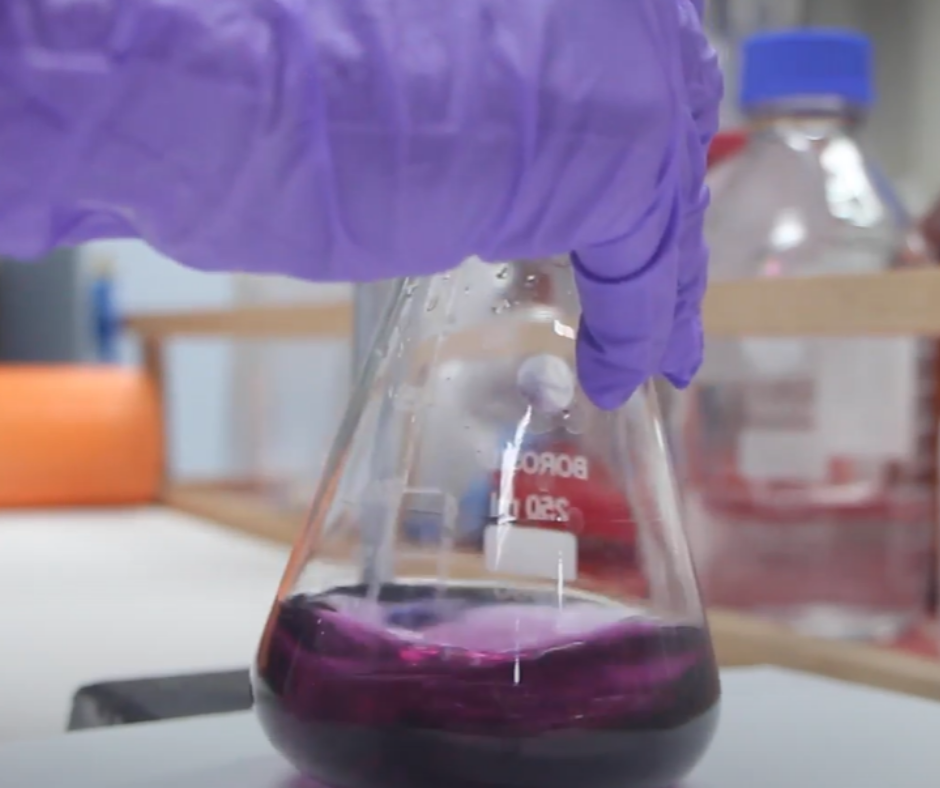
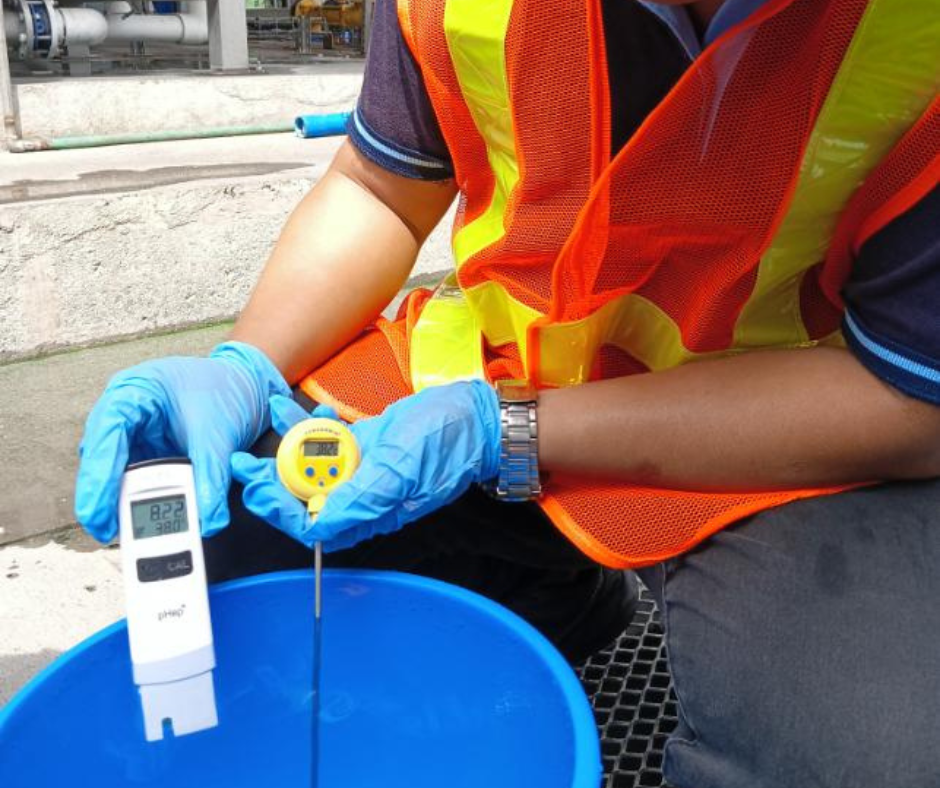
Frequently Asked Questions
Discover answers to your service inquiries.
You can request a quote by filling out our inquiry form, emailing [email protected], or calling our hotline at (02) 7576 8922.
Standard turnaround time is 10 to 15 working days, depending on the type and number of samples. Rush analysis is available upon request for an additional fee.
Yes, we offer periodic sampling through our Water Quality Monitoring Program. Just let us know your preferred schedule and location so we can coordinate accordingly.
Yes, we offer discounts to clients who avail of periodic or long-term water testing services through our Water Quality Monitoring Program. Let us know your testing schedule and requirements so we can provide a tailored quote.
Get Free Technical Consultation
Talk to our team about sampling, analysis, testing methods, and more.
Get in Touch
Reach Out
We’re here to assist you with your testing needs. Feel free to drop us a message using the form, and we’ll respond shortly.
